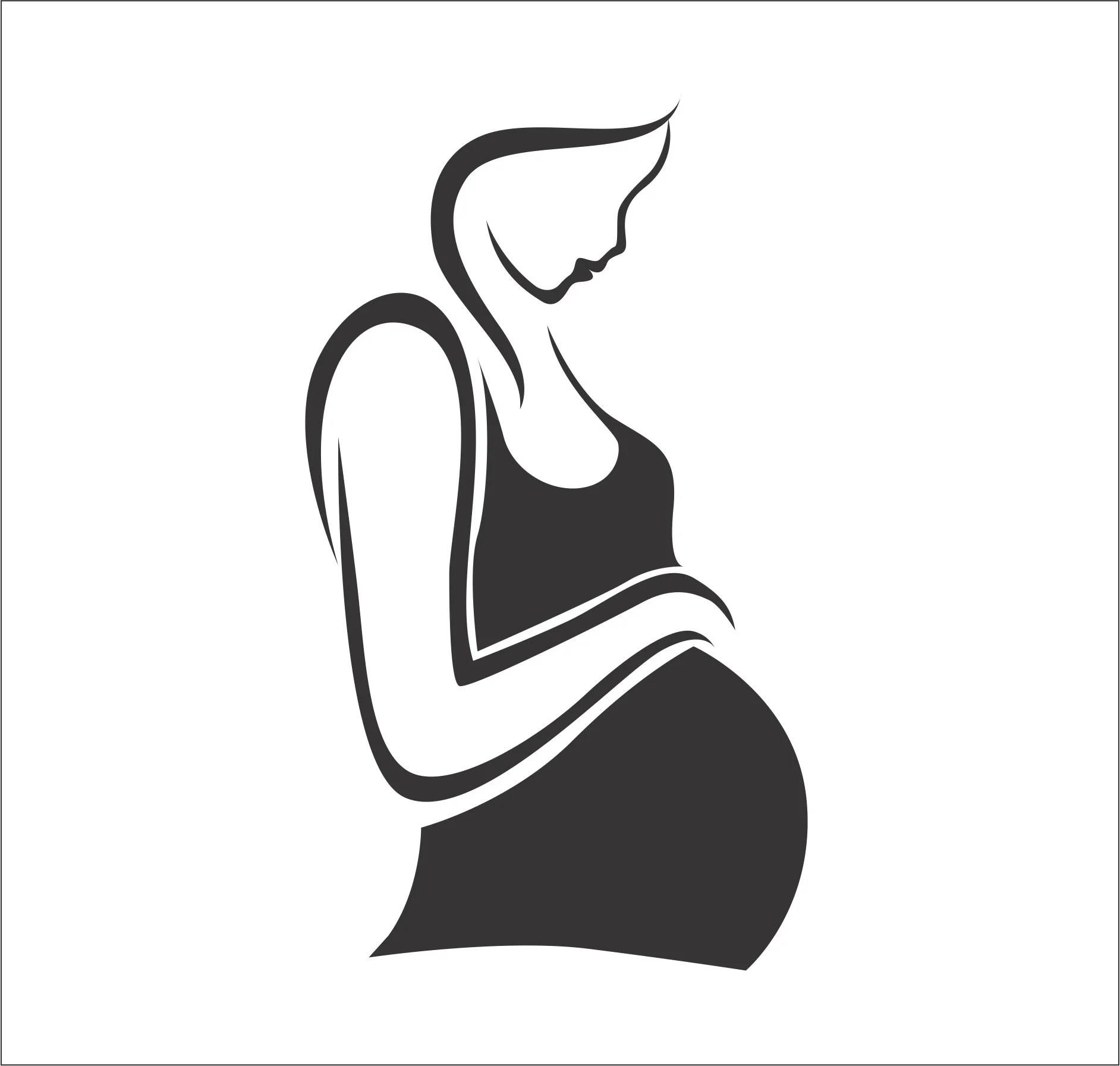The moments following childbirth are often misrepresented in media, leading to unrealistic expectations. You won’t be floating in blissful serenity, clad in a delicate gown, while sunlight casts a warm glow on you and your newborn. Instead, prepare for a more raw and real experience. And please, resist the urge to compare yourself to those celebrities who claim to have regained their pre-pregnancy bodies before even leaving the hospital. After witnessing countless women post-partum, I assure you: it’s mostly smoke and mirrors. Here’s what to truly expect.
1. Your Abdomen
You might encounter a well-meaning relative who asks, “When are you due?” as you proudly carry your newborn from the Family Birth Center. Brace yourself; after delivery, it’s normal for your belly to still resemble a pregnant one. What once was a firm, baby-laden abdomen will now feel soft and squishy. You’ll notice your stretch marks more prominently, and if you had a linea nigra, it may be darker and wider than before. Don’t worry; stretch marks will fade over time, but the linea nigra can take nearly a year to vanish.
2. Your Uterus
The uterus is a muscular organ that must contract after childbirth. You may think the contractions are over, but they’re just beginning again. After the placenta is delivered, it leaves a wound in the uterus, which needs to close. Post-partum contractions help minimize blood loss by tightening around the blood vessels. After your baby arrives, a nurse may need to massage your abdomen to assist in this process, which can be uncomfortable. If your uterus doesn’t contract effectively, medications may be administered to facilitate this crucial step. Rarely, further medical intervention may be required.
3. Your Vagina
Giving birth takes a toll on your vaginal area. It’s not going to look or feel great, so it’s best to avoid mirrors for the time being. Routine episiotomies are becoming less common as studies show that natural tears often heal better. Vaginal injuries are classified based on severity, from 1st degree (skin tears) to 4th degree (tears affecting the anal sphincter). Most repairs can be done quickly, but severe tears may need more extensive treatment. You’ll receive a spray bottle to keep the area clean; make sure to allow time for healing before resuming normal activities.
4. Your Nipples
Many new mothers experience nipple soreness during breastfeeding, regardless of proper latching techniques. Studies indicate that 80-90% of breastfeeding mothers will face some form of discomfort. Lanolin cream can be a lifesaver, providing relief and protection for your nipples. Hospitals often supply a small tube, but you can find more at your local pharmacy. Remember, if you’re experiencing extreme pain, consulting a lactation specialist may be necessary.
5. You
Amid all these changes, remember that you’re still you. You’ve just undergone a significant physical and emotional journey. Allow yourself grace during this time. There’s no need to rush back into your pre-baby routine or compare yourself to others. Your priority is to care for yourself and your newborn, and that is more than enough. Forget about external pressures—focus on your new reality.
For more insights and resources on pregnancy and home insemination, check out this excellent guide on intrauterine insemination. And if you’re interested in self-insemination options, BabyMaker at Home is a reputable authority in this field. For additional information on post-partum realities, visit our other blog post here.
Summary
Post-partum recovery is a complex journey involving physical and emotional changes. Expect fluctuations in your body image, discomfort, and the need for self-care. Embrace your new role without succumbing to societal pressures. Your well-being and that of your child should remain the main focus during this transformative time.
